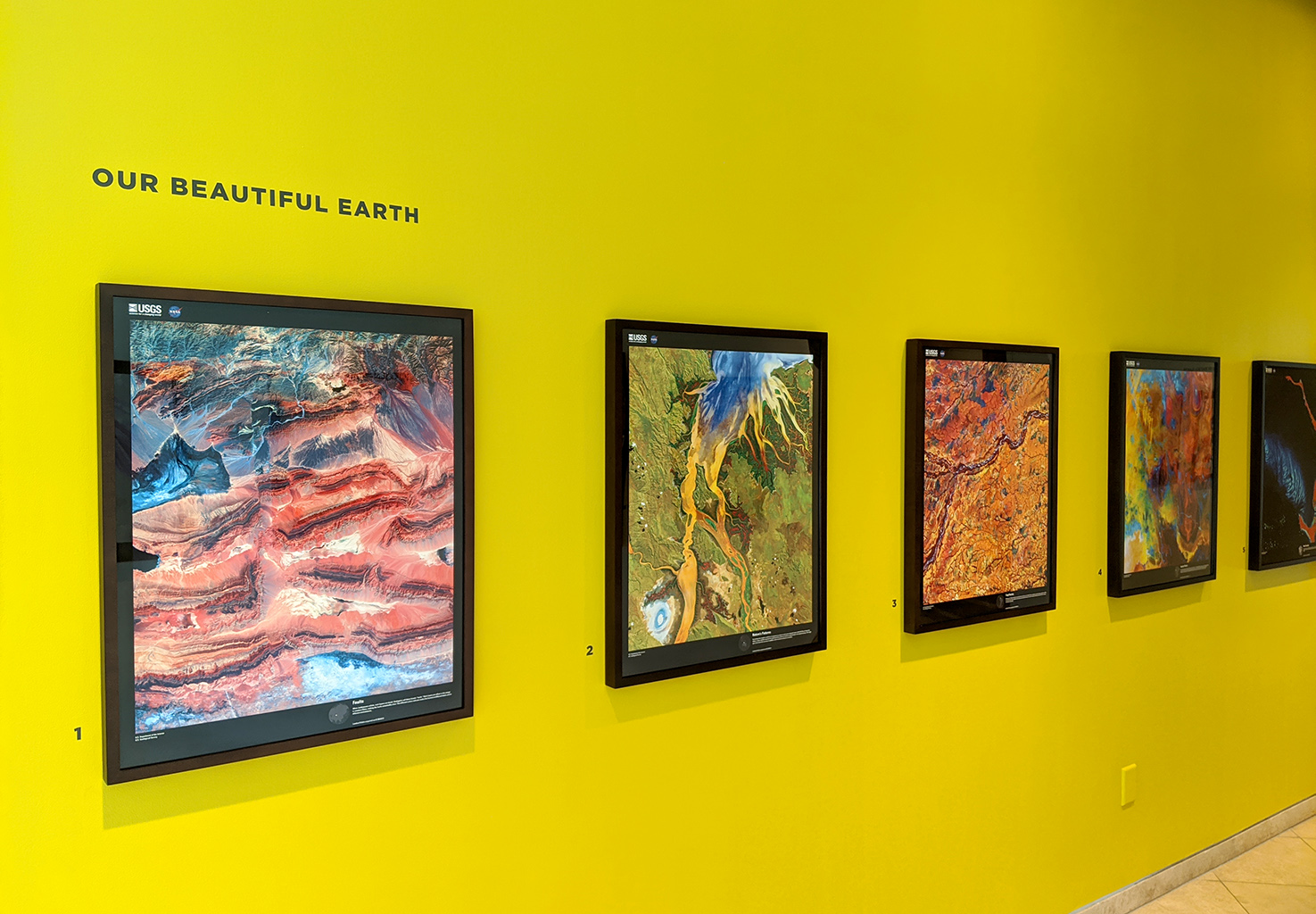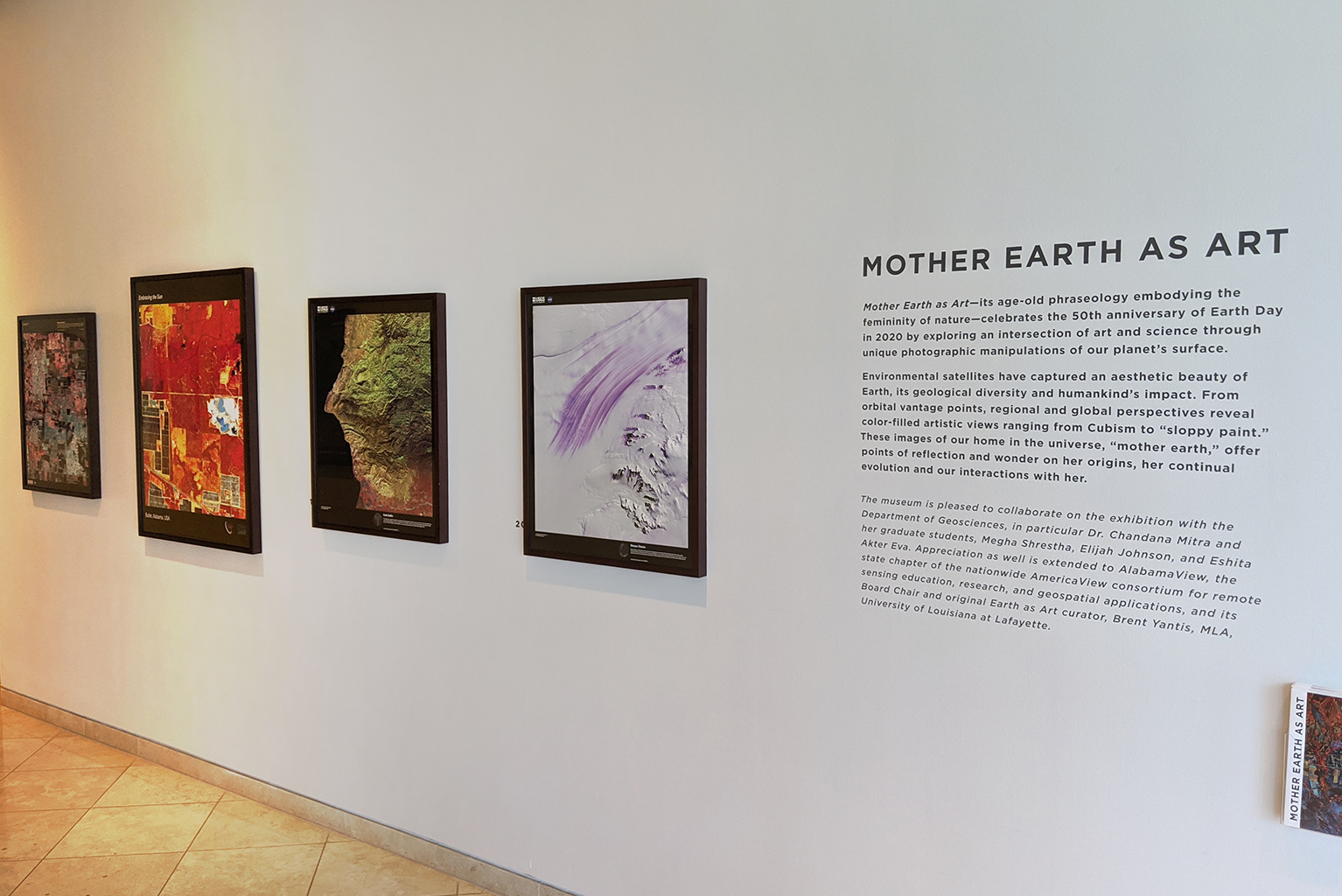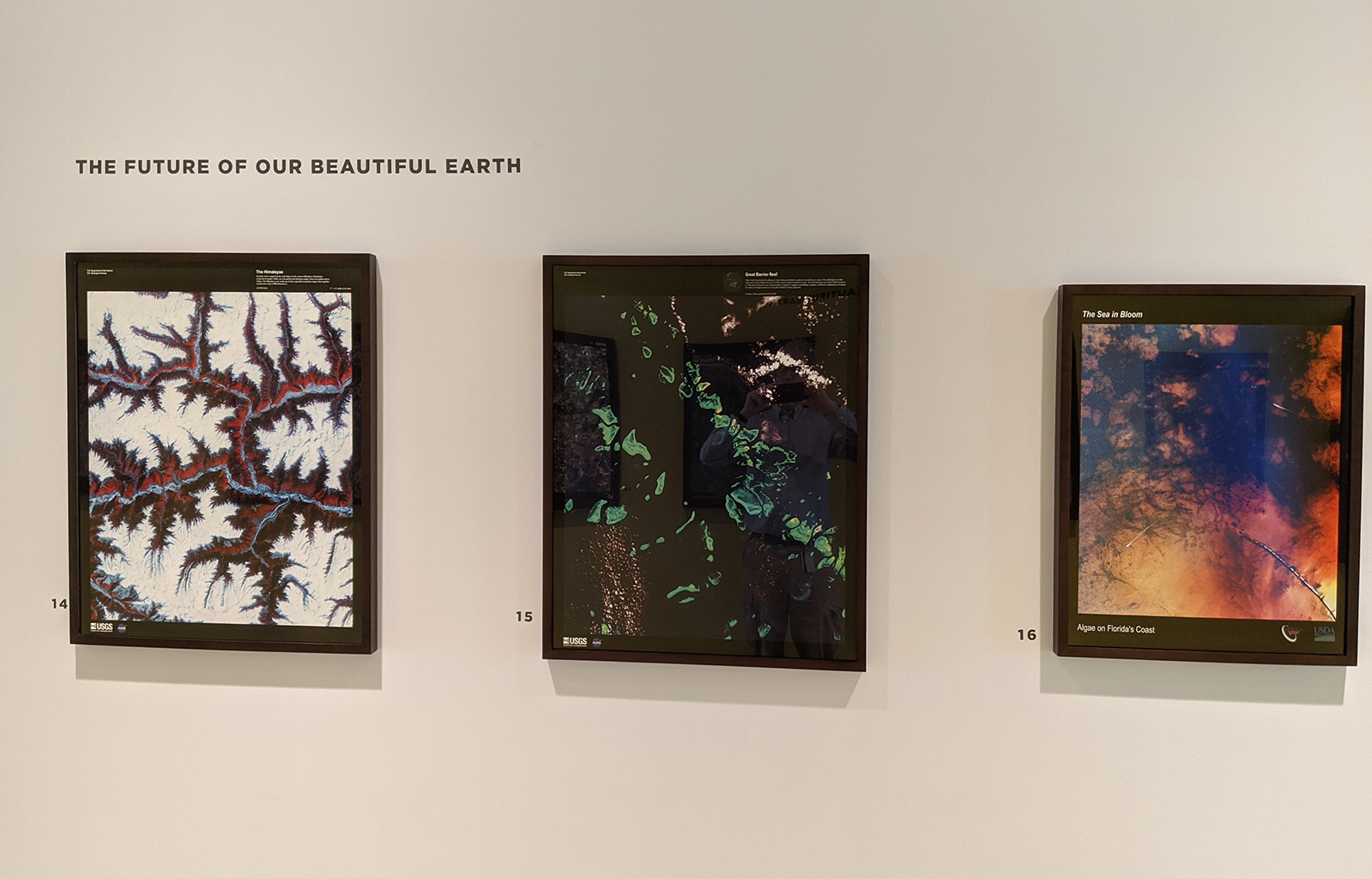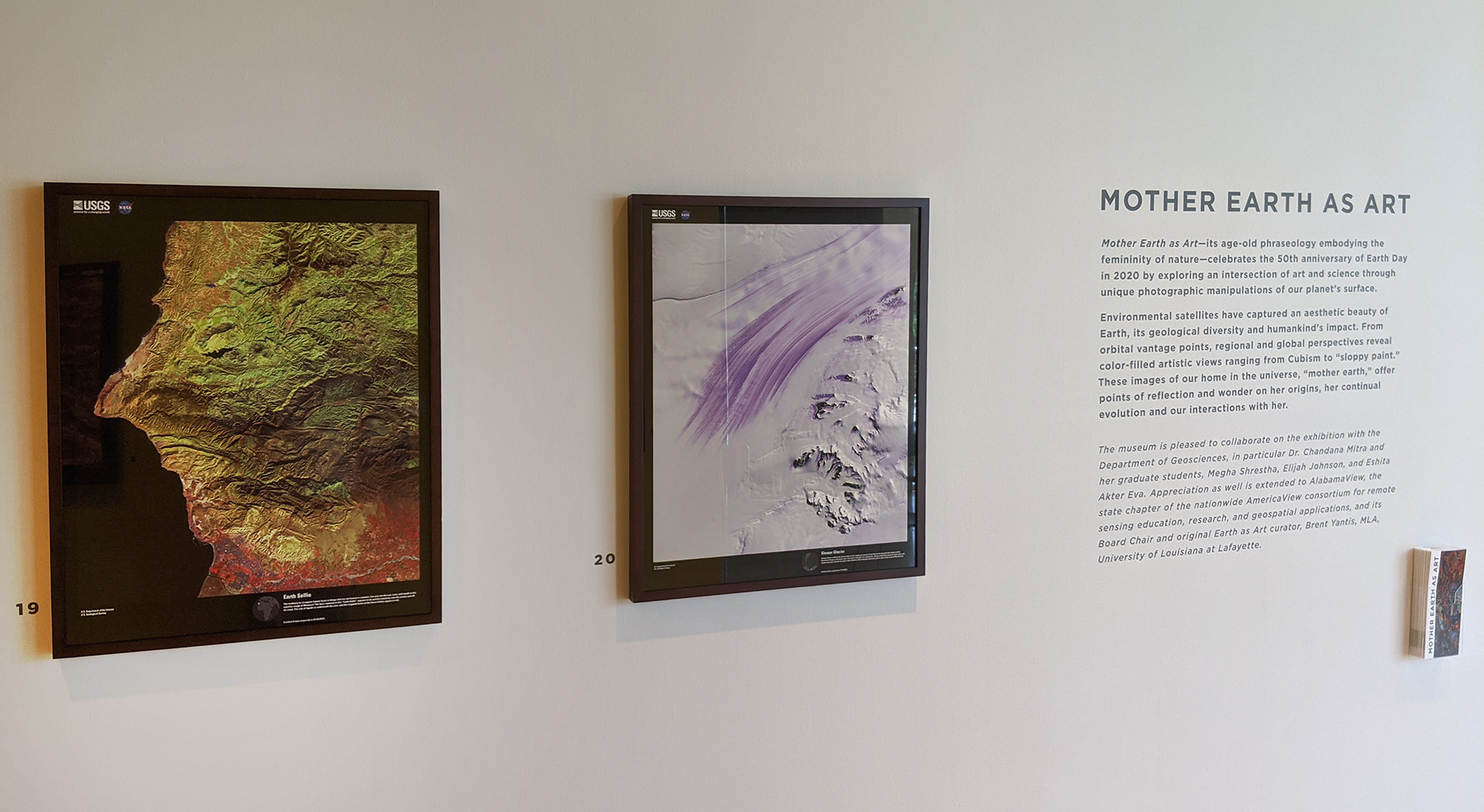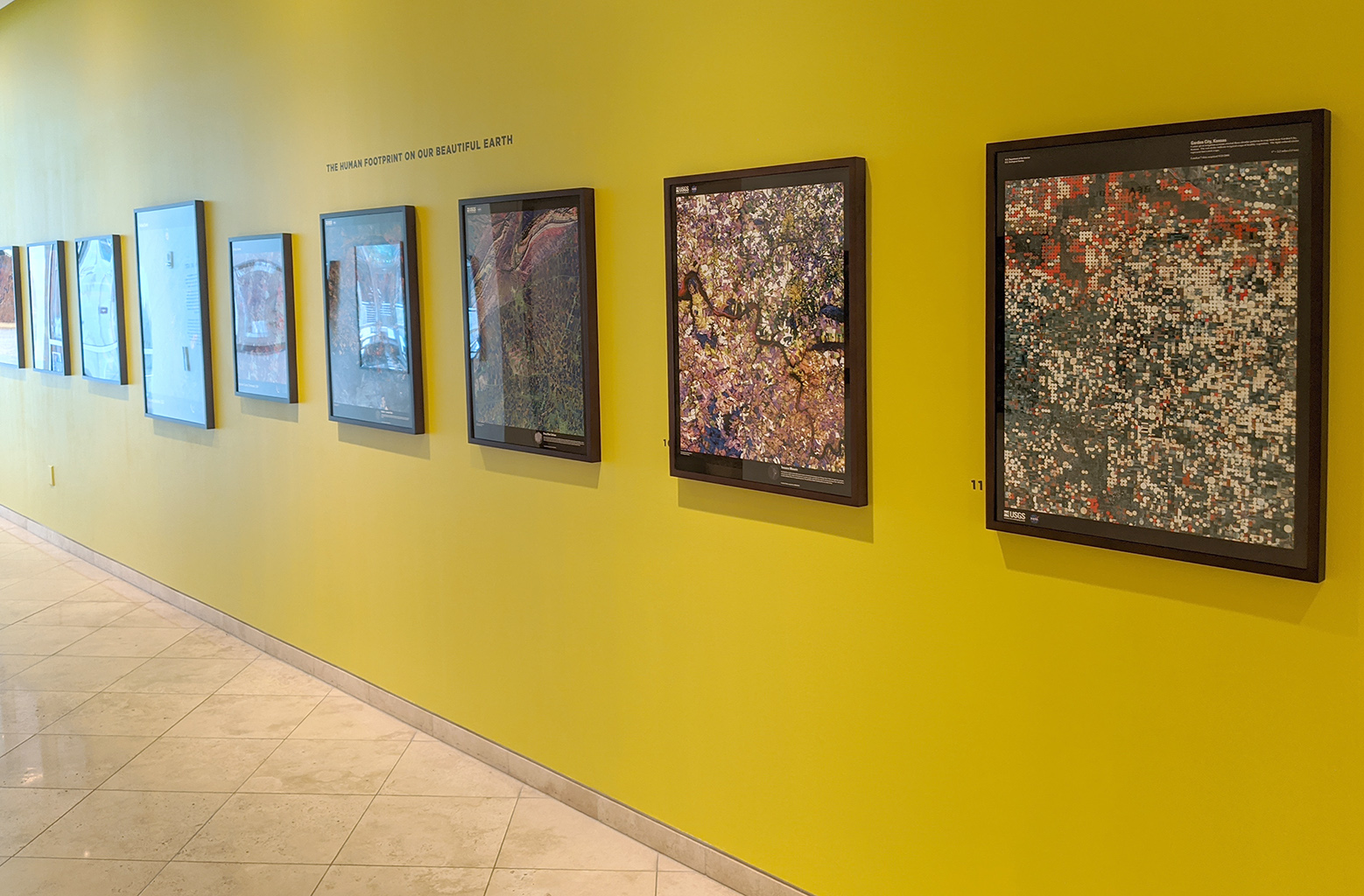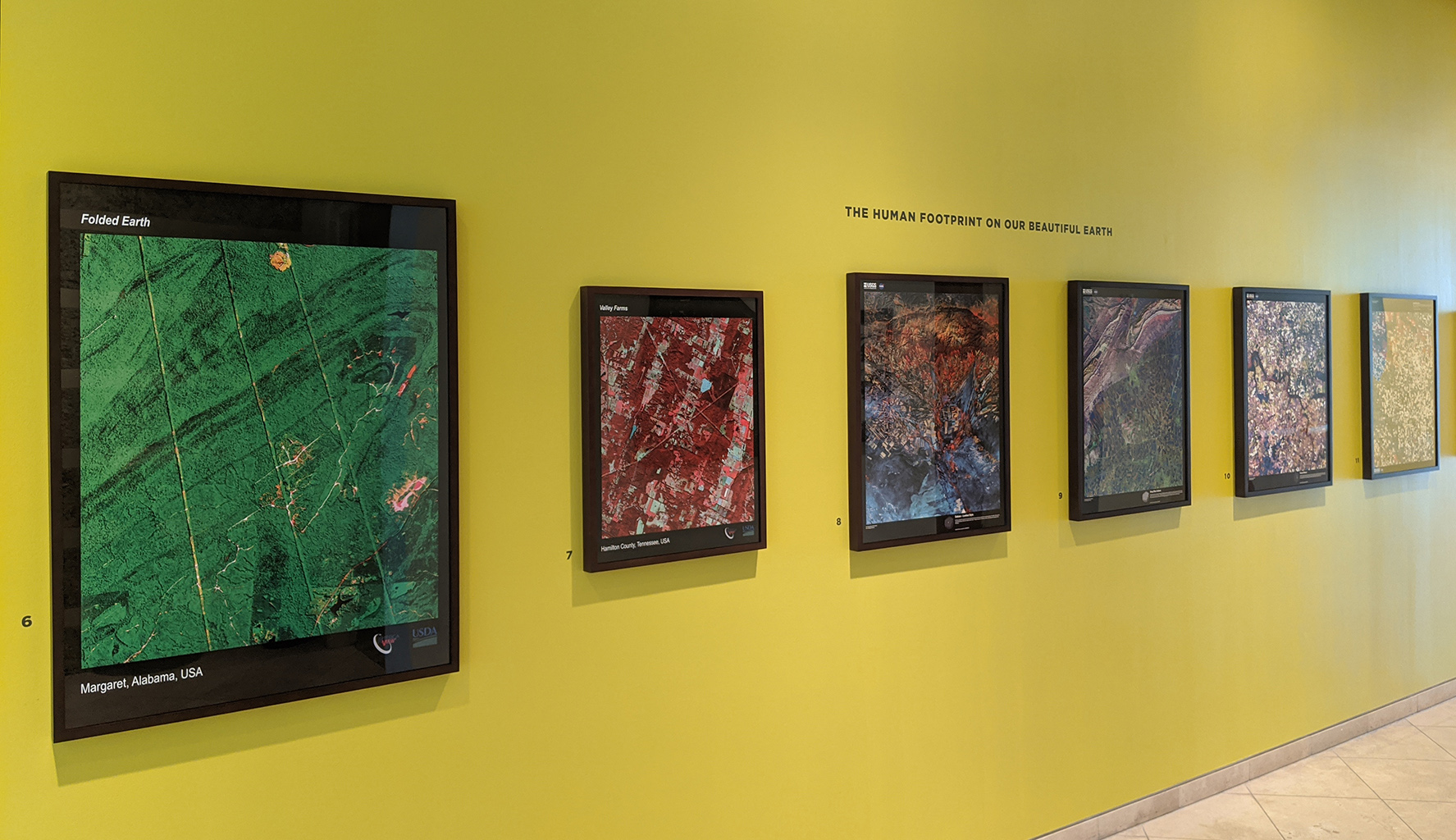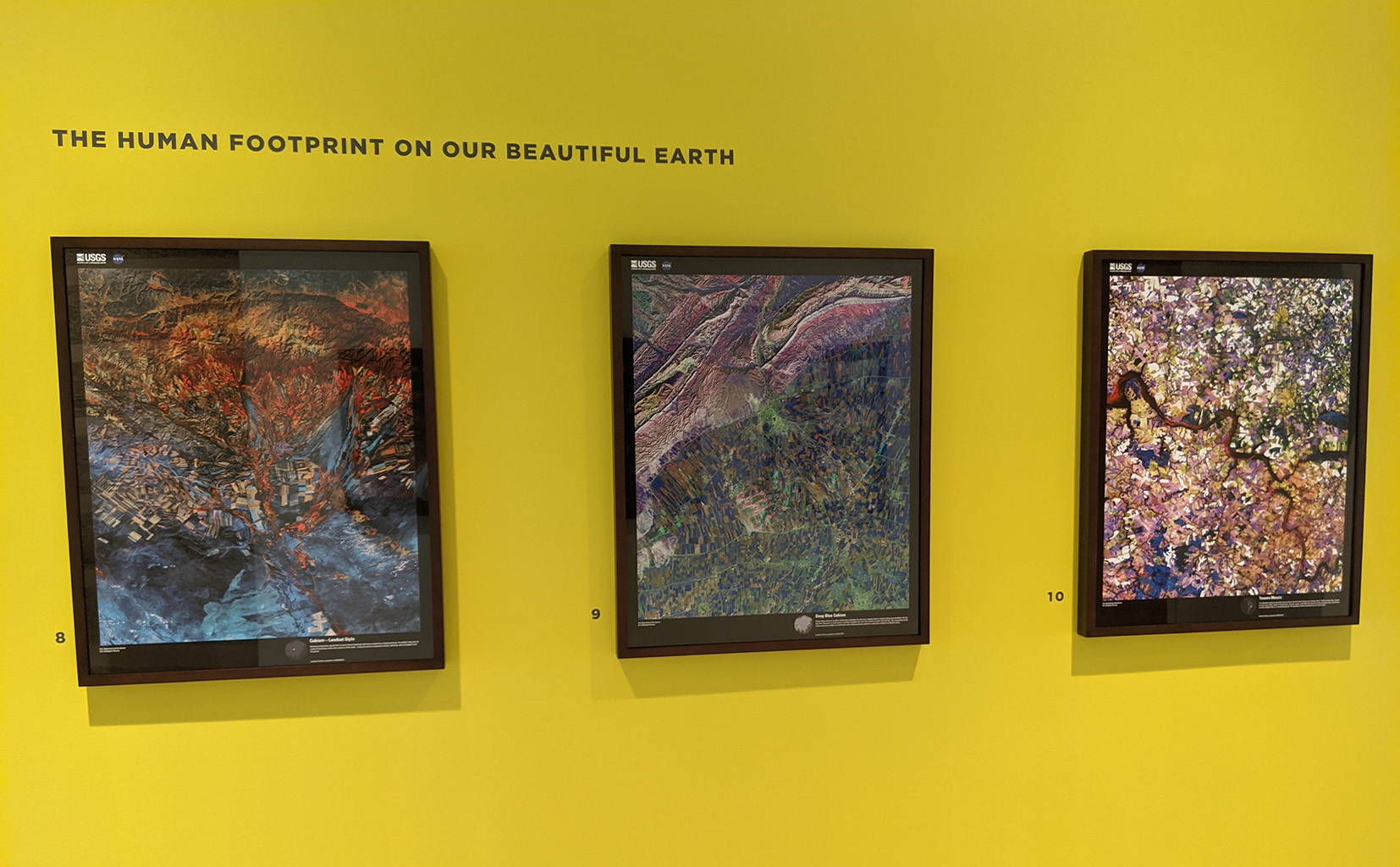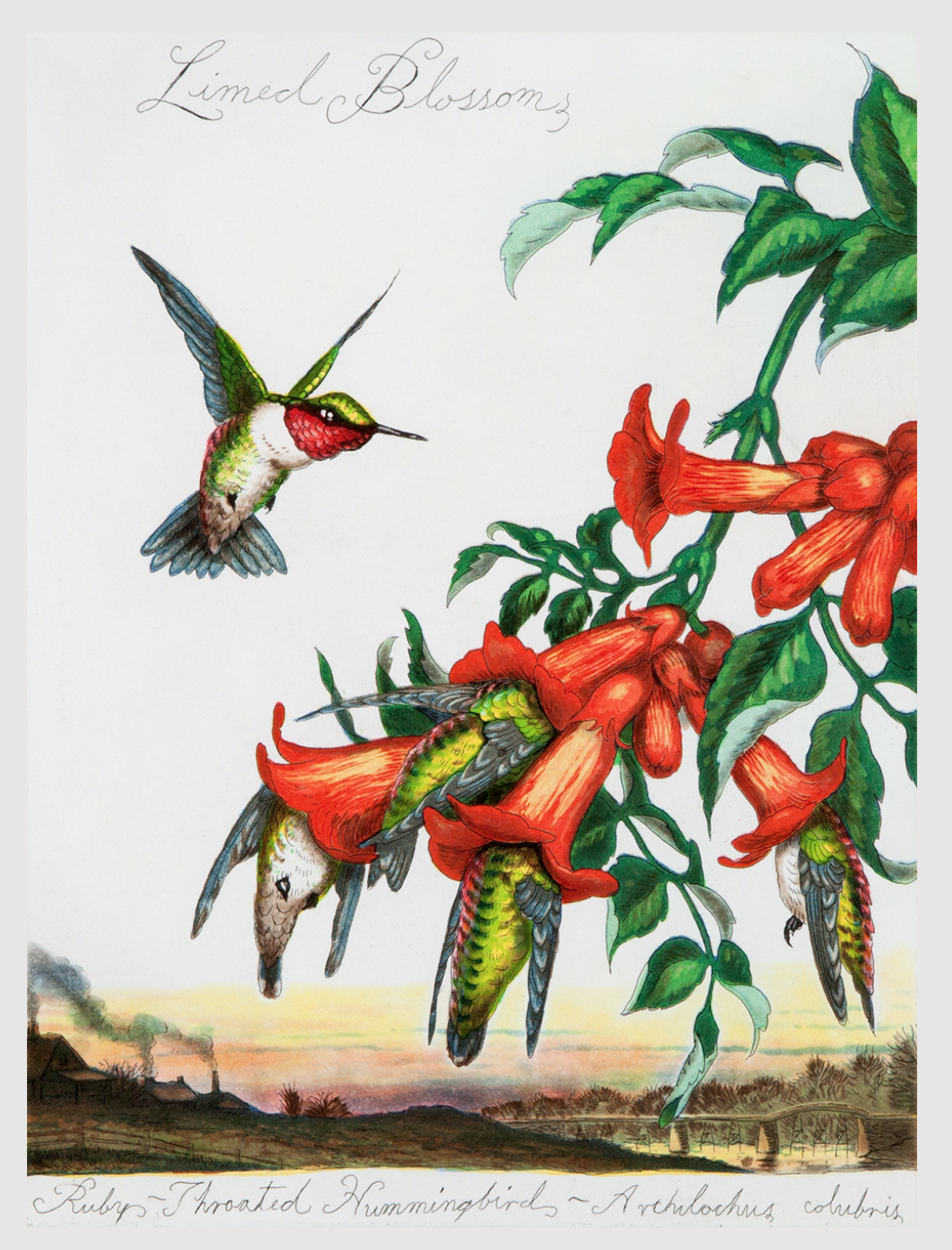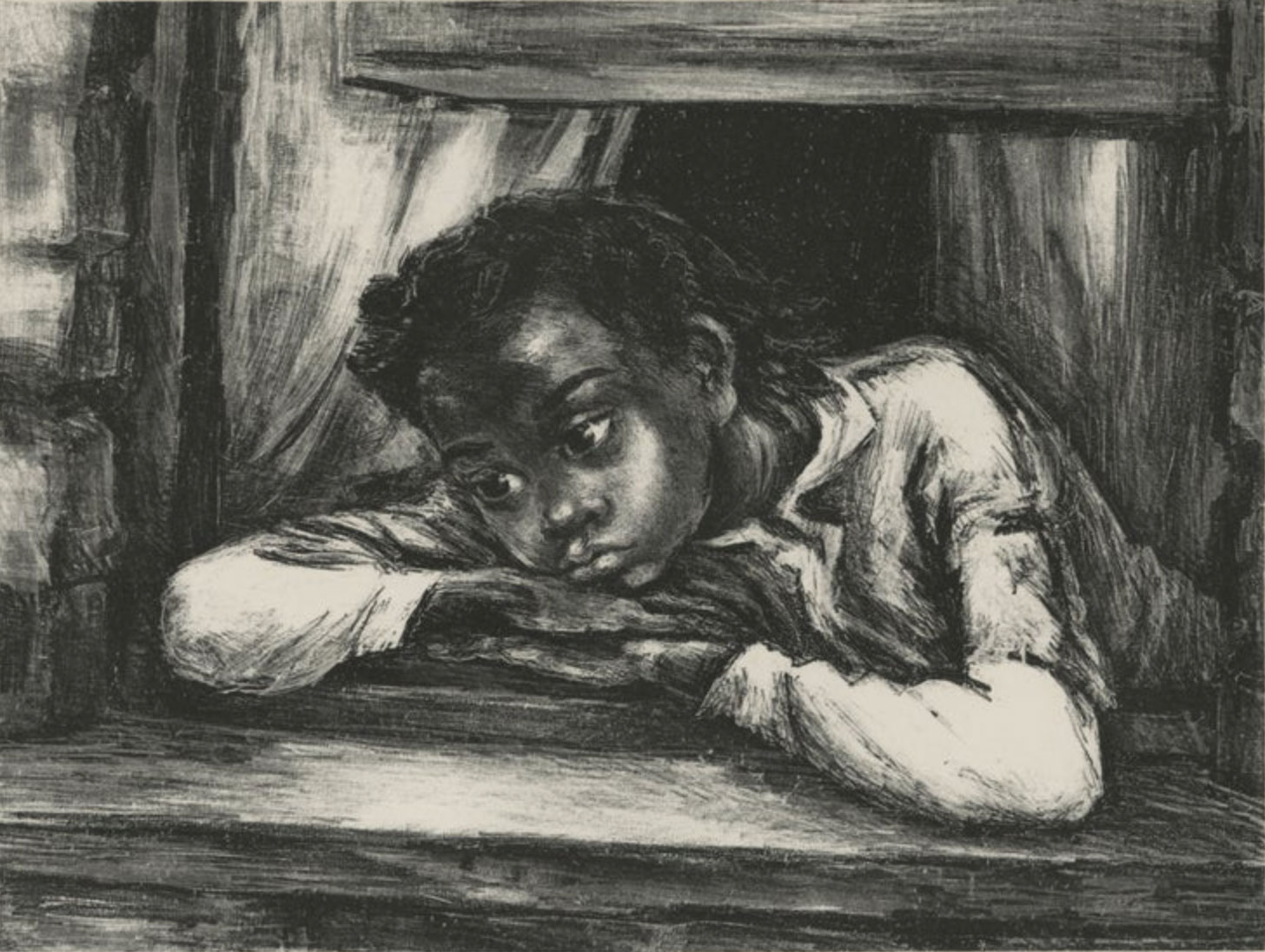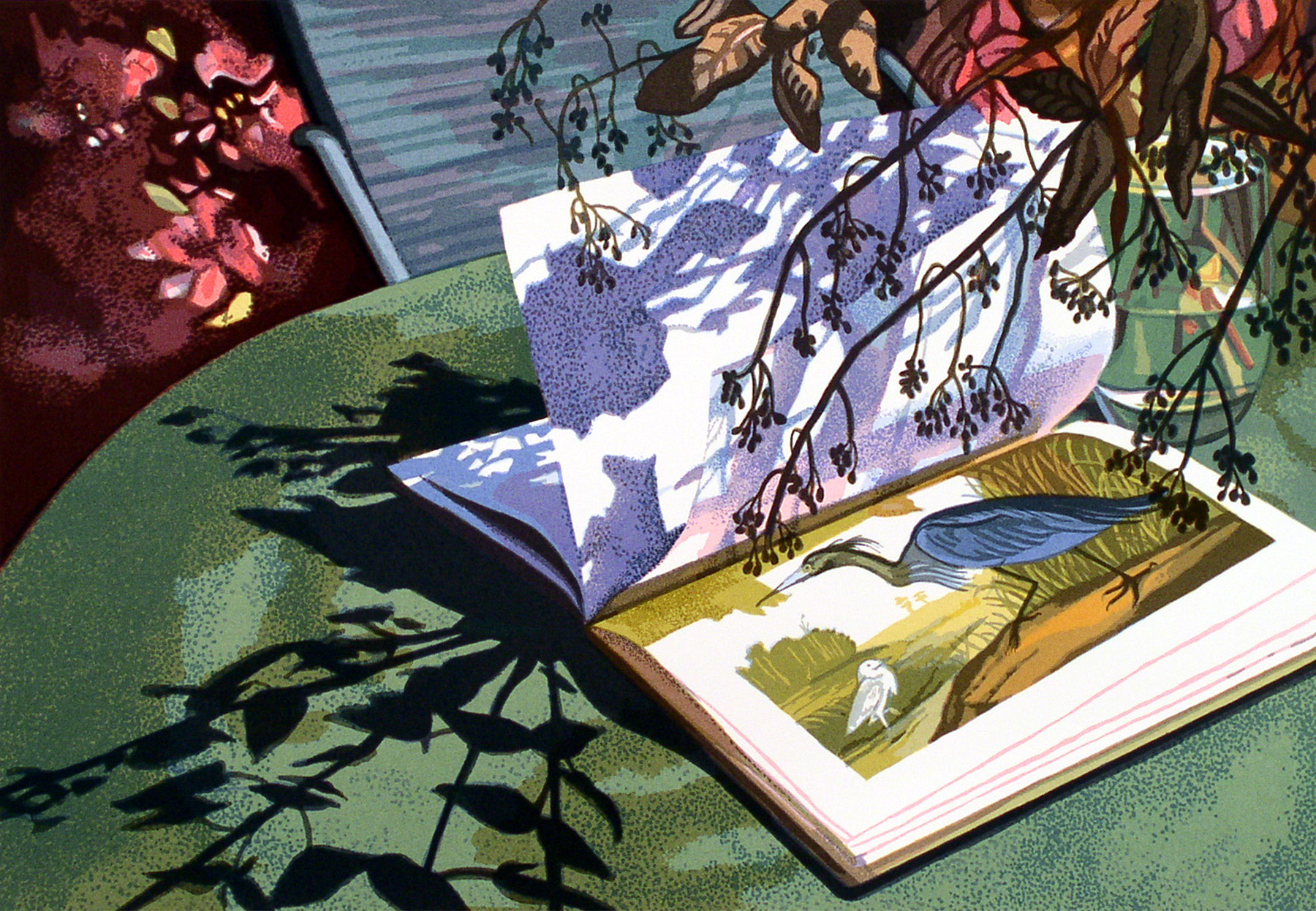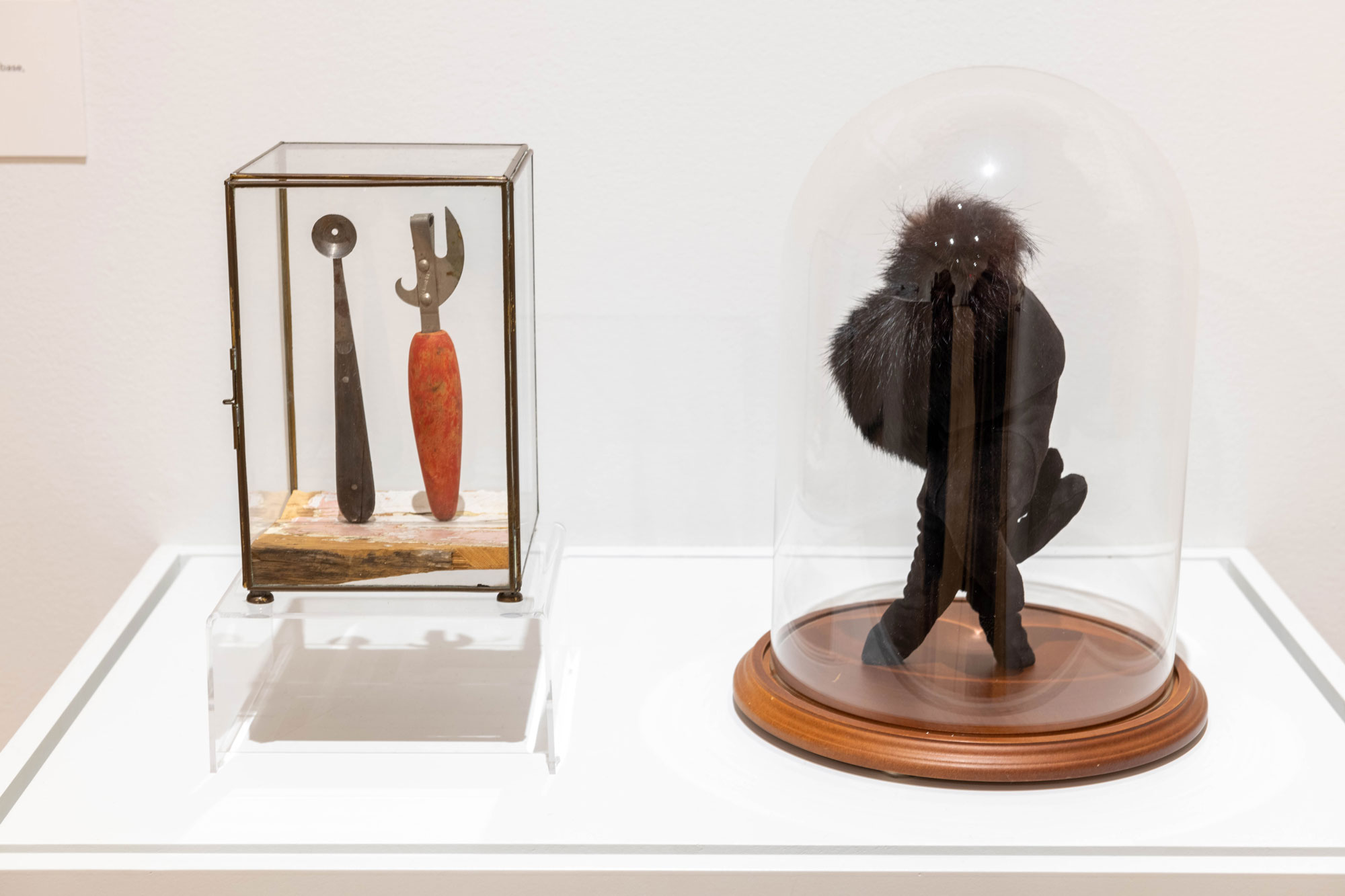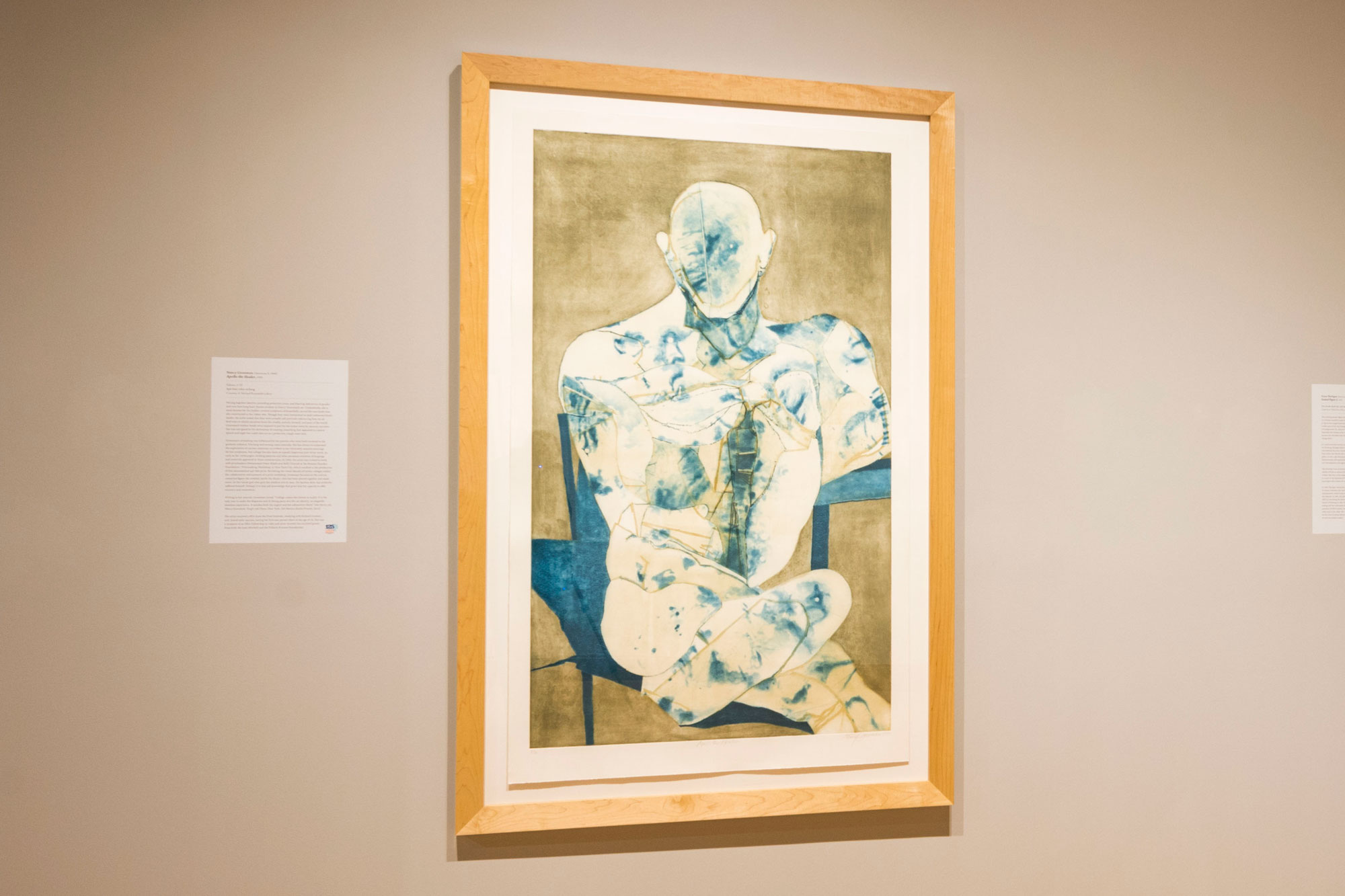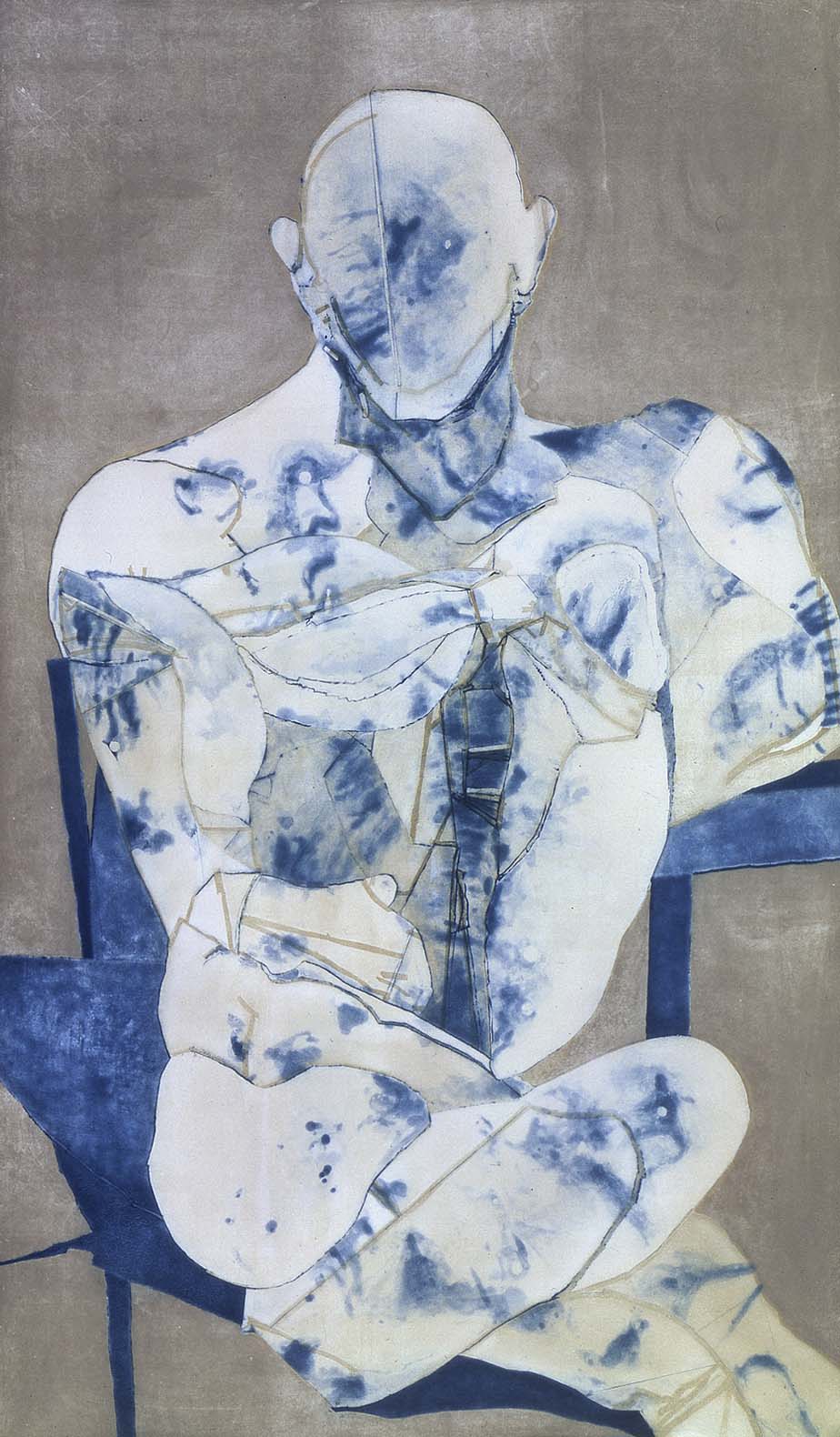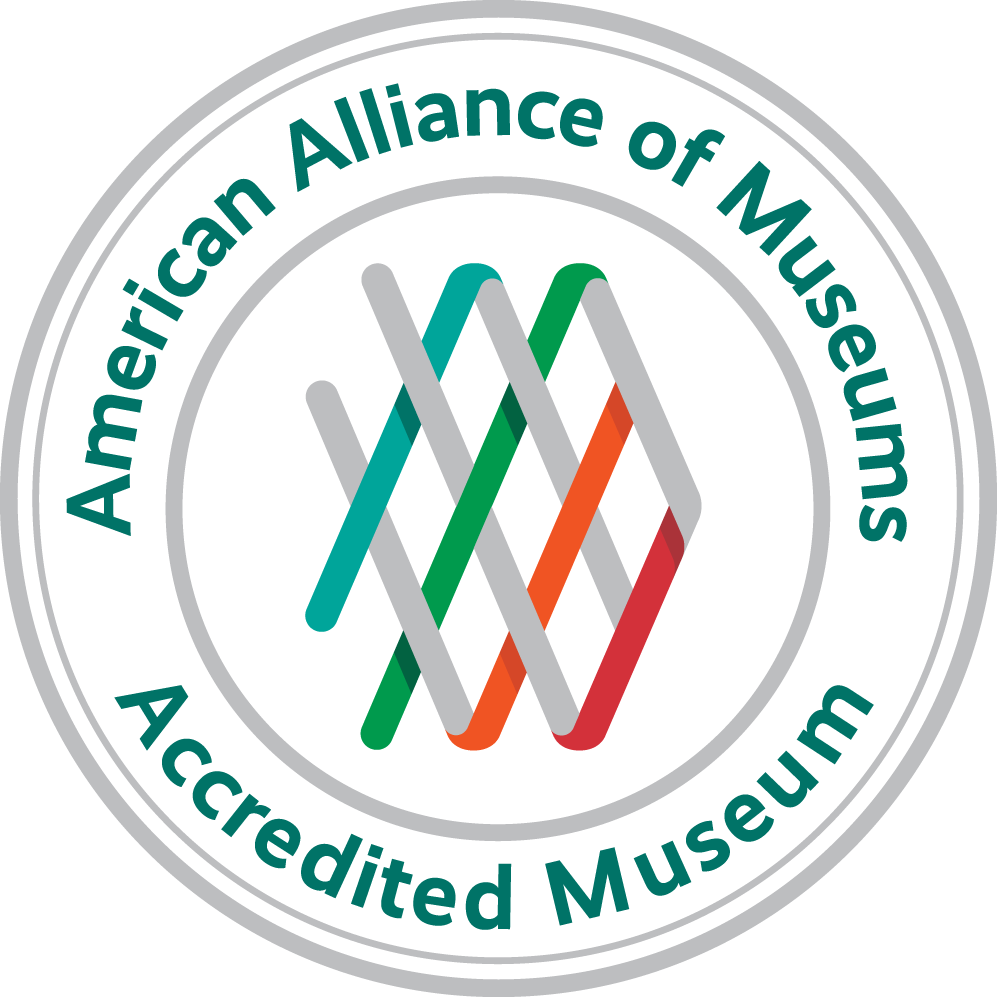Matt Moulthrop continues a legacy of innovation in woodturning, advancing techniques developed by his grandfather and father, artists Ed and Philip Moulthrop. In partnership with Auburn University, Moulthrop turned this bowl from the sizeable forked section of the Auburn Oaks at Toomer’s Corner. Do you notice the dramatic patterns from where the limbs intersected? He often works with trees that have a meaningful association in people’s minds or unique value to a community.
What significance does Toomer’s Corner hold for you? Does the work of art or woodturning process capture it in some way? What kind of item might you transform into art to preserve a memory or convey a story? Its history?
